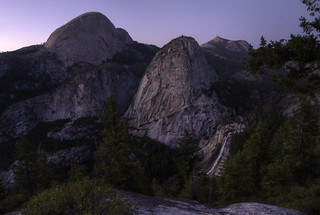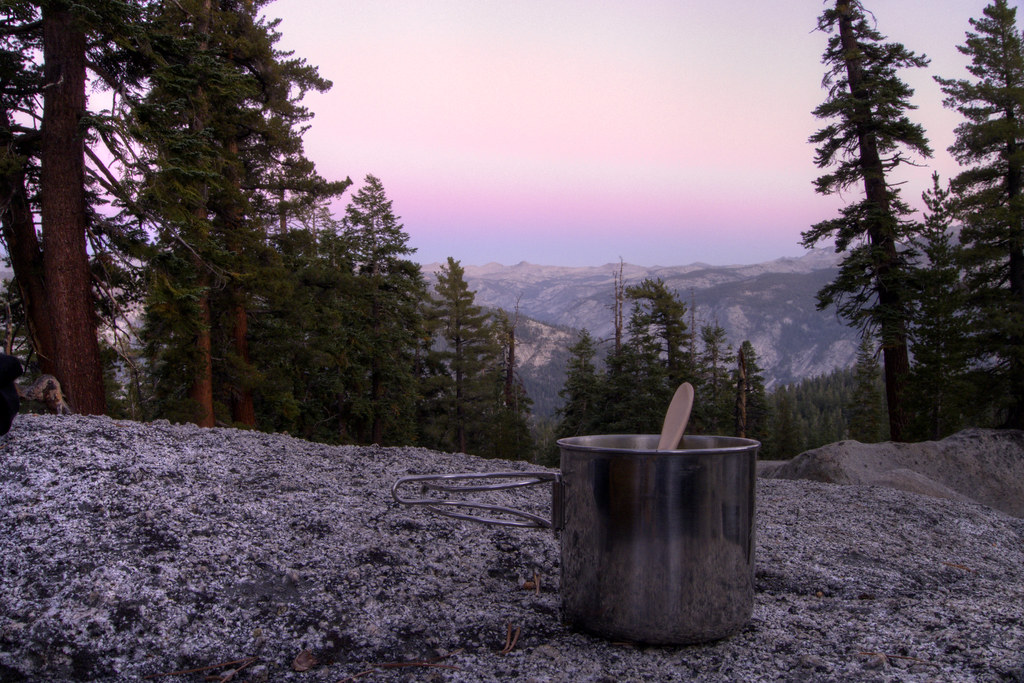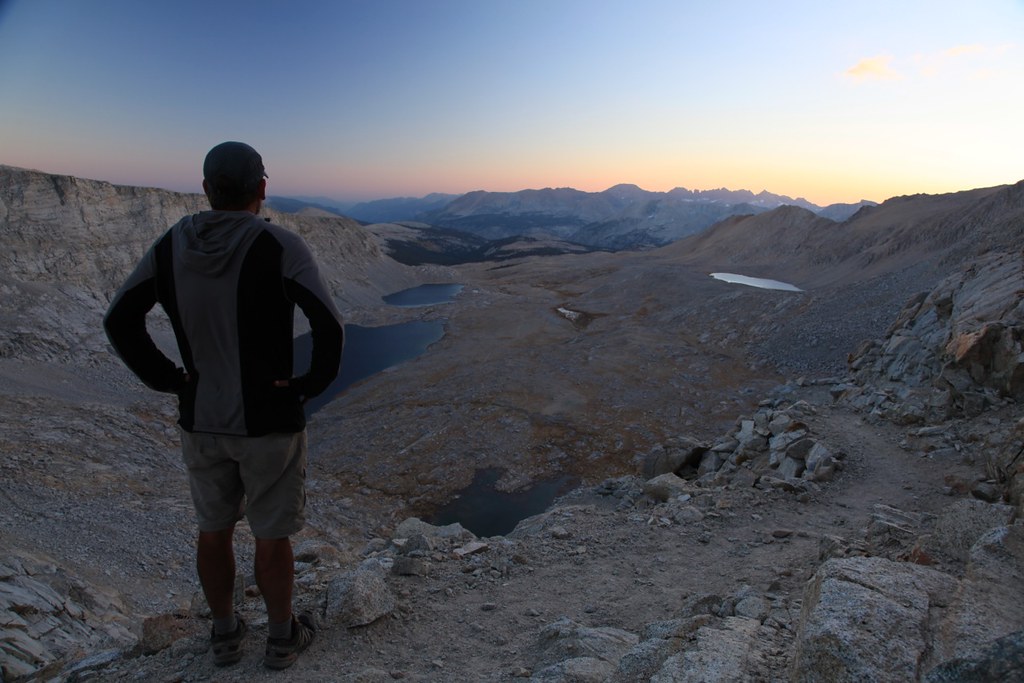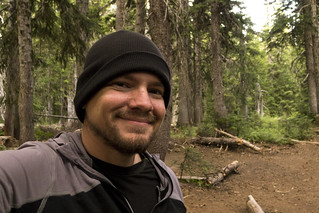| From the Observatory on the hill, I could see the Maritime Museum, and I thought maybe some artifacts of another one of my favorite English scientists, Edmund Halley. As the museum was about to close and it was another cold rainy night, I found a hostel for £10, so I could continue trying to leave London the next day. but not until seeing the Maritime Museum and searching for the grave of Edmund Halley. I went back across the River Thames, but this time by going underneath it in the Greenwich Foot Tunnel. |











com-s.jpg)
com-s.jpg)
com-s.jpg)
com-s.jpg)







